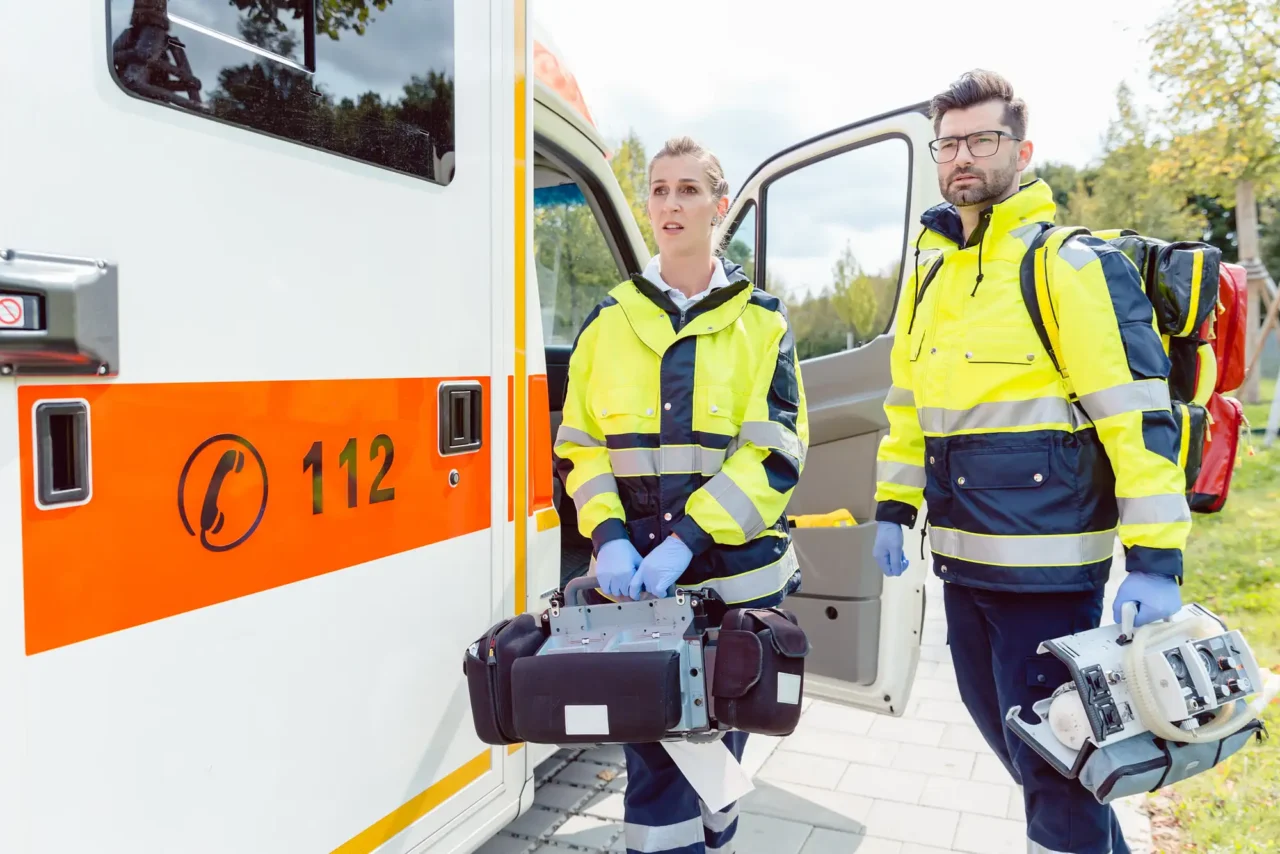I’ve learned that people will forget what you said, people will forget what you did, but people will never forget how you made them feel.” Maya Angelou. One of the primary tasks of all emergency services is to ‘serve their communities’. But what does that mean and how do we know when we are doing it well?

This top-down model has been widely adopted and benefits from having been in place for many decades. However, it does have some limitations, two of which are now becoming more important.
The first limitation is that this model is often complex, fragmented and not very responsive to an increasingly different world. That means change is usually limited to incremental improvements of the existing arrangements. As such, the focus is often on the means of delivery with the assumption that better outcomes will naturally follow. It is rare to see new policies or strategies proposed that depart from the default model. This limits the scope for innovation and makes it difficult for new providers to enter the sector.
The second limitation is that current arrangements provide for very little means to ensure that citizens can directly inform and influence the services created in their name (a bottom-up perspective). And certainly nothing that compares to the considerable resources devoted to achieving the top-down requirements. Whilst citizens of course need responders to address the immediate risk presented by an emergency, they also have additional priorities and needs. These extend beyond those defined in legislation or reflected in emergency response practice. In many ways these can be considered as the human experience or how it feels to be affected by an emergency.
For example, the influence of the emotional impact of an emergency is still poorly appreciated and, in some ways, invisible. Any yet it has important and multiple implications at every stage of the emergency. It can influence how citizens interact with emergency services, drive their behaviour based on priorities that do not align with those of responders (e.g. concern for their pets and valued possessions) and may pose risks to their mental wellbeing. But if pro-actively managed, there are multiple opportunities to enhance the experience for all and to reduce the harm caused by events. But failing to do so leaves citizens vulnerable to avoidable secondary harm and unintended consequences.


We cannot afford not to. One reason is because competition, in some form or other, will start to encroach on the emergency services and they will not be able to rely on their traditional monopoly status for protection. However, rather than changing because of this threat, I believe that most people in the emergency services would be more motivated by the opportunity to better serve their communities. The satisfaction of helping someone in times of distress is the always best reward we can get. By strengthening the connection with citizens we will be better placed than ever to do that.
In closing, I would ask that you consider doing one simple thing and then maybe read this again. Something which, quite shockingly, I did not do until I had been in the fire service for over 20 years. And that was to sit down with two or three citizens who have experienced an emergency and ask them to tell you their story in their words (where that would not cause them unreasonable distress to do so). You may be surprised by what they say and how they. I hope that they will, more powerfully than I ever could, make the case for why our next emergency response transformation must be human-centred.




